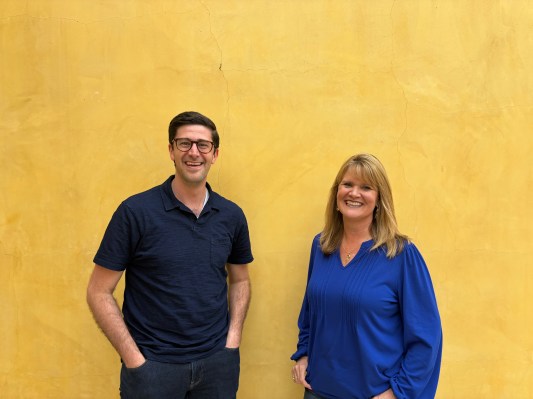There’s no denying that early detection of cancer improves the survival rate of a patient. Its diagnosis, which is carried out by detecting changes in the cell size, shape, or form, is pivotal to the pathology of the disease.
Now in most cases, doctors need to do a biopsy to be sure a patient has cancer. The analysis of solid tissue biopsies is commonly done in the middle of a medical operation by trained pathologists. This expert analysis requires pathologists to perform multi-step processes and inspect the tissues under a microscope, all while the patient lies on the operation table. This process, more often than not, takes a lot of time, resources, and labor.
There is a need for a different approach that reduces sample preparation and also saves time, says a new study. Many researchers in Germany have developed a simple and fast method for analyzing cancer tumor samples.
Using the solid tissue biopsy samples of colons in humans and mice, the researchers used a tissue grinder to break down the biopsy samples to a single-cell level. Then they used Real-time fluorescence and deformability cytometry (RT–FDC) to analyze these cells. RT-FDC is a microfluidic technique allowing the assessment of the physical properties of single cells fasts, with up to 1,000 cells analyzed per second. This is an approach 36,000 times faster than old methods of analyzing cell deformability.
But simply analyzing cells is not enough for a diagnosis
To evaluate the results of this analysis, the team turned to artificial intelligence. Their AI model considers large datasets within 30 minutes and assesses whether tissue is cancerous. As per the press release titled ‘creating an artificial pathologist’, the researchers claim that this negates the need for pathologists altogether.
Dr. Markéta Kubánková, part of the research team at Max Planck Institute for the Science of Light in Erlangen, explains, “When you go to your doctor, he or she doesn’t just look at you, but also does a physical examination and feels parts of your body. With traditional methods to analyze a biopsy sample, a pathologist can only look at cells. We can physically examine the individual cells, which gives us much more information to work with.”
The researchers hope that this method could also help the medical community assess different types of Inflammatory Bowel Diseases in the future. The team also used the same method to detect tissue inflammation in IBD.
Interesting Engineering had earlier reported on a research paper that had found a way to light up malignant tumors during surgery so that doctors can differentiate between the cancerous areas and healthy tissues.
Study abstract
During surgery, rapid and accurate histopathological diagnosis is essential for clinical decision-making. Yet the prevalent method of intra-operative consultation pathology is intensive in time, labour and costs, and requires the expertise of trained pathologists. Here we show that biopsy samples can be analysed within 30 min by sequentially assessing the physical phenotypes of singularized suspended cells dissociated from the tissues. The diagnostic method combines the enzyme-free mechanical dissociation of tissues, real-time deformability cytometry at rates of 100–1,000 cells s−1 and data analysis by unsupervised dimensionality reduction and logistic regression. Physical phenotype parameters extracted from brightfield images of single cells distinguished cell subpopulations in various tissues, enhancing or even substituting measurements of molecular markers. We used the method to quantify the degree of colon inflammation and to accurately discriminate healthy and tumorous tissue in biopsy samples of mouse and human colons. This fast and label-free approach may aid the intra-operative detection of pathological changes in solid biopsies.






